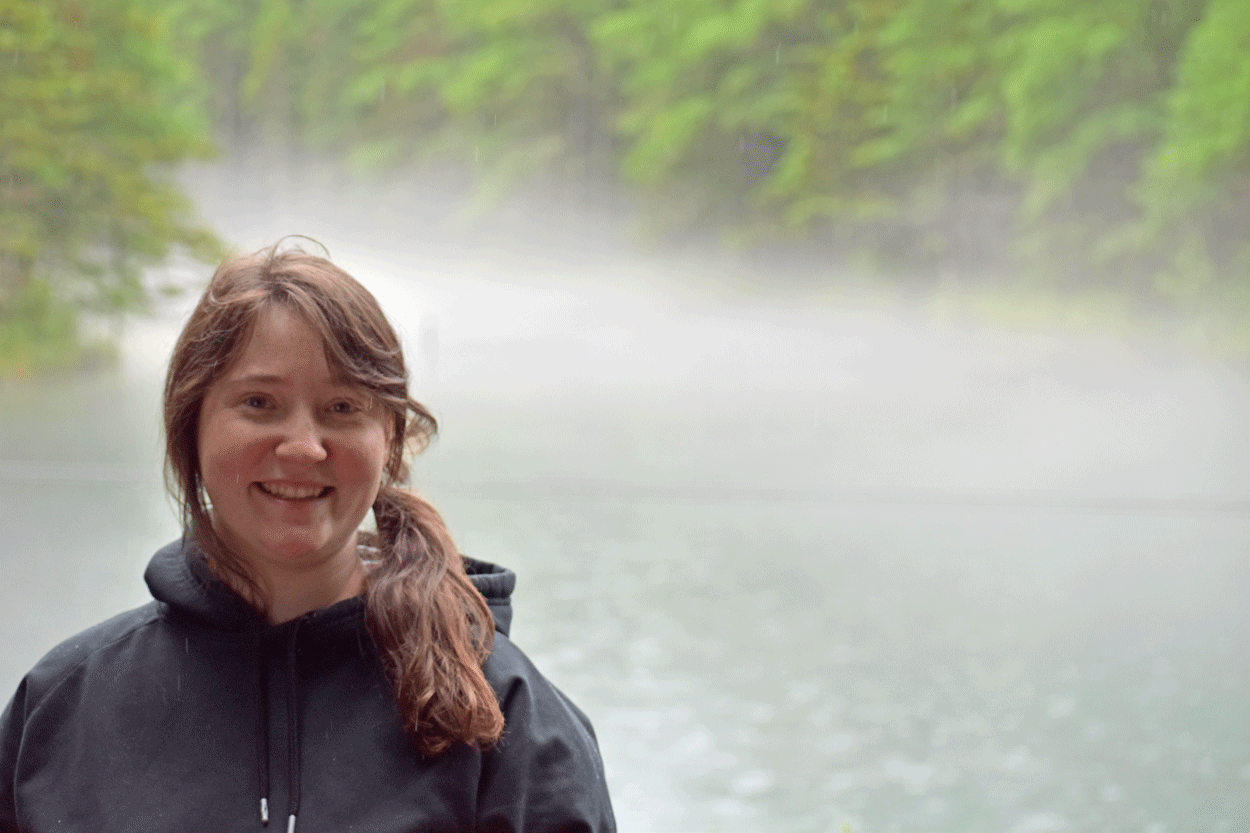(November 15, 2022) --

We invite you to follow along with graduate student Lydia Hayes as she travels to the Mariana Trench for a research expedition.
My name is Lydia Hayes, I’m from Williamston, Michigan. I graduated from Michigan State University with a B.S. in Microbiology, where I studied microorganisms in serpentinized ophiolites in the Schrenk Geomicrobiology Lab. I then went on to obtain my M.S. in Marine Biology from Texas A&M University-Corpus Christi, studying nitrogen cycling in coastal wetlands in the Zhang Lab. I am now working toward my Ph.D. in Marine Sciences here at the University of South Alabama in the Kiel Reese Geomicrobiology Lab studying microbial life in extreme environments.
About my expedition:
Many people know that the Mariana Trench is the deepest part of the ocean. What you may not know is that on the Mariana forearc, on the Northern side of the trench, where the Philippine Sea Plate meets the Pacific Plate, there is a series of serpentinite mud volcanoes. Serpentinite is formed by a water-rock reaction where seawater, at temperatures below 400°C reacts with minerals that are high in magnesium and iron through a process dubbed serpentinization. This process results in reducing conditions and can lead to the production of reduced gas species such as hydrogen gas, methane, and hydrogen sulfide, which can be important energy sources for microbial life. This process also results in water with extremely high pH (9-12), which requires certain adaptations to survive in this extreme environment. I, along with several other scientists, am embarking on a 27-day research expedition on the R/V Kilo Moana to collect water and sediment samples to determine what types of microorganisms can live in this environment, what they are doing there, and how they can survive using a variety of techniques including metatranscriptomics, metagenomics, and culturing techniques.